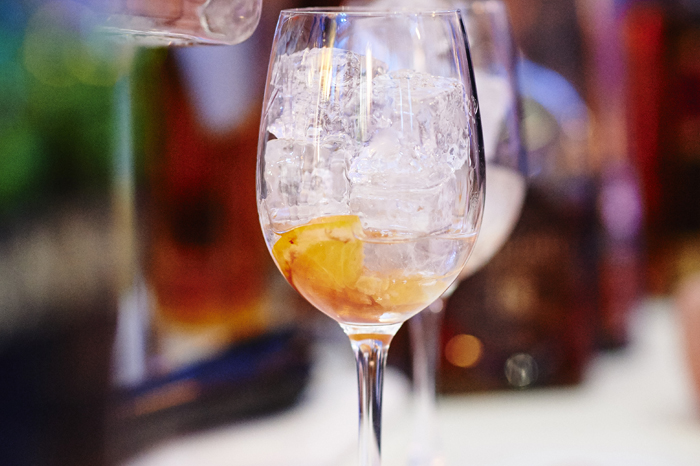The new, fast-growing category [1] of no- and low-alcoholic ‘spirits’ marks yet another step in the convergence of innovation and development alongside the preservation of existing, century old traditions as manifested in the 47 spirit drinks categories. The multiple new product launches in this category in recent years are a strong testimonial to the ability of Europe’s spirit drinks sector to innovate and respond to consumers’ demands by broadening product choice.
The new product category enjoys increasing popularity among European consumers of legal drinking age and is part of a broader trend among European consumers to differentiate their consumption and to adjust drinks preferences to occasions. In terms of their presentation, packaging, taste profile or consumption pattern, products in this category are structurally similar, comparable to or alternatives to traditional spirit drinks – such as, for instance, gin.
Products of the new category can be produced in different ways [2] - however, most frequently they are manufactured by diluting a category defined distillate to 1.2% ABV or less. Alternatively, the drinks are created without any alcohol and are designed to be consumed at the same moment when a spirit drink would be enjoyed, and which are marketed accordingly. Depending on how the products are manufactured, rules on the descriptive name, the front of pack marketing or selling name as well as the labelling requirements differ.
As more and more companies are starting to launch products in this new, exciting product category, it is important to provide clear guidance to producers on the correct labelling, description and marketing so that the applicable regulatory framework is future-proof, reputationally sound, competitive vis-à-vis other categories and supports product innovations and technological advancements. spiritsEUROPE and its members look forward to being part of these discussions which mark an important point in the history of spirit drinks.
The new products are not (yet) legally defined by EU law, nor are self-explanatory descriptive names widely agreed. Today, products of the category – if 1.2% vol and above – all under the:
On-label information must clearly inform (and prevent misleading) consumers about what the product at stake is - or is not. Consumer information must enable consumers to make conscious, well-informed purchasing decisions.
The sector as well as policy makers face a unique momentum: future rules on this new, exciting, and fast-growing product category are to be defined in close relation to existing rules which must be safeguarded and promoted, especially also regarding Geographical Indications.
***
[1] According to IWSR, the total category stands at some 270m 9 litre cases in 2020, and the forecast is to reach 352m 9 litre cases in 2024. No- and low-alcoholic ‘spirits’ and ‘Ready-To-Drinks’ (RTDs) have displayed the strongest growth in 2020 (nearly 33% and 49% respectively) among other categories such as beer, cider and wine, demonstrating consumers demand for a variety of tastes and product formats. This also contrasts with a decline of nearly 6% for alcoholic spirits and a 10% growth for alcoholic RTDs over the same period. No- and low-alcoholic ‘spirits’ are forecast to reach 2.7m 9 litre cases by 2024 (further reading)
